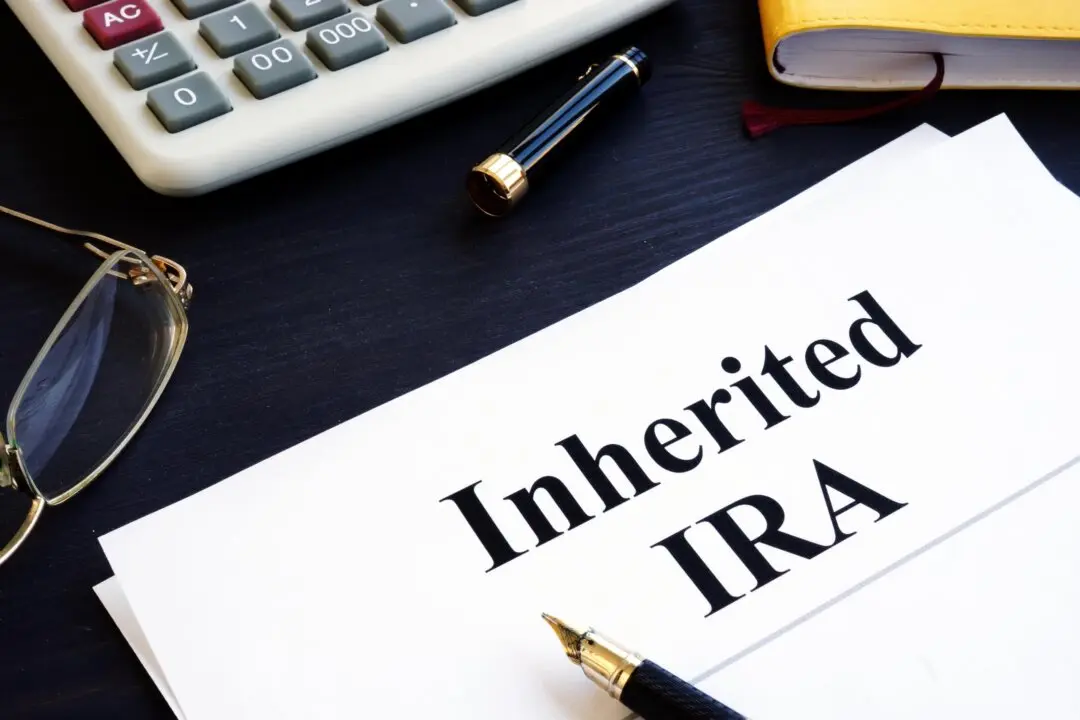Exchange-traded funds (ETFs) are piercing through 2025 following a stellar year. In fact, ETFs hit a record net inflow of $1.3 trillion in November 2024, bringing total assets to a total of more than $10 trillion. ETFs have long been recognized by investors for their low fees and professional management, which makes these vital options for novice investors looking to build a diversified portfolio.
However, their longer-established cousins, mutual funds, still reign supreme when it comes to assets under management (AUM). Mutual funds have more than $25 trillion in AUM. And they have been around since the 1920s. ETFs can trace their history back only to the 1990s.






